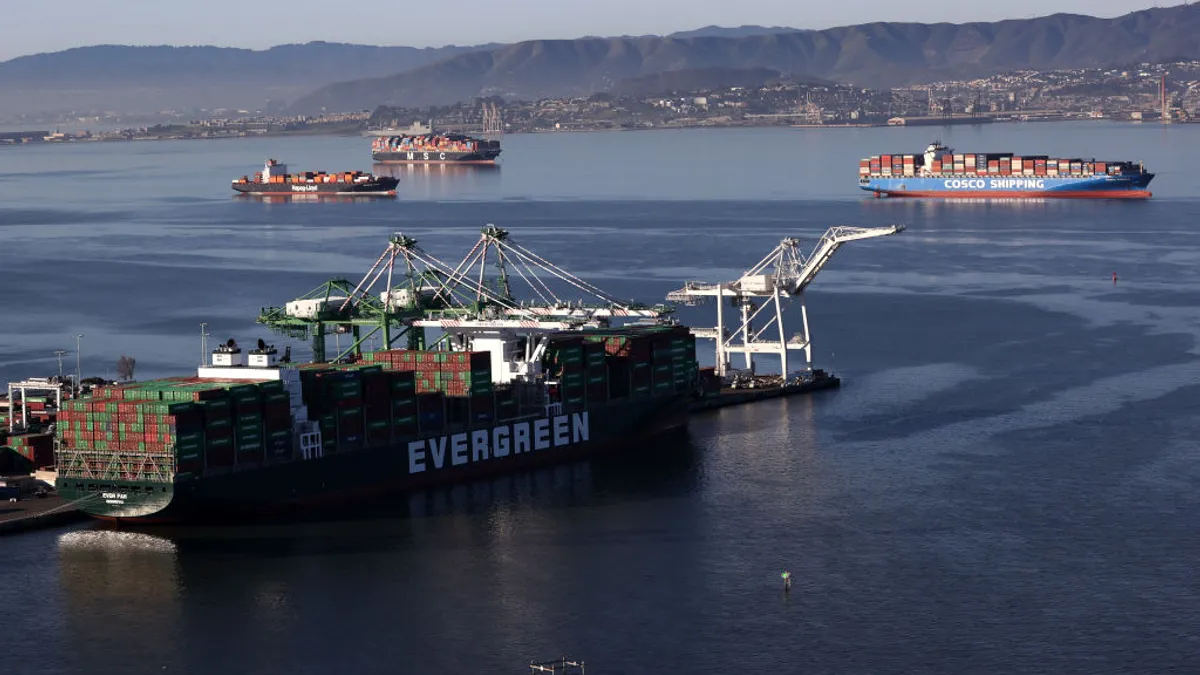As we look ahead to 2024, procurement professionals must remain vigilant, adaptive and strategic. Seems a lot like 2023.
Procurement professionals continue to find themselves facing a series of challenges that demand a thorough understanding of global dynamics. In 2023, procurement's leadership in balancing inflation related cost increases while maintaining adequate inventory during supply chain constraints and subsequent rebalancing, cemented their position in critical sales and operations planning efforts. Prime access to leading edge market intelligence, gathered primarily from the supplier community, will form an important part of overall business strategy in 2024.
Let’s review the key issues affecting procurement in 2023 while also looking over the horizon to anticipate the important issues that will shape our jobs in 2024 and beyond.
4 Key issues in procurement in 2023
- Economic uncertainty. The global economic landscape is a perennial driver of challenges in procurement. In 2023, uncertainties stemming from the aftermath of the global pandemic, inflationary pressures, and material shortages created an environment where price increases ran rampant. Procurement professionals were tasked with developing strategies that accounted for this economic volatility, with a strong focus on cost containment and supply risk mitigation.
- Political shifts and trade dynamics. Geopolitical tensions and political shifts on the global stage had a profound impact on procurement. Wars, trade policies, sanctions and diplomatic relations disrupted supply chains and altered the cost structures of goods and services. Procurement professionals needed to closely monitor geopolitical developments, assess potential impacts on their supply networks, and develop contingency plans to ensure continuity of supply.
- Supply chain risk. Supply chain risks had once again risen to the forefront of procurement concerns. Disruptions caused by the global pandemic exposed vulnerabilities in supply chains, prompting organizations to reevaluate and strengthen their sourcing strategies. Procurement professionals were dealing with the challenge of building resilient supply chains that could withstand unforeseen disruptions. There was also a focus on reshoring and creating domestic oriented supply chains.
- Sustainability and ESG compliance. Environmental, Social, and Governance considerations gained ground in procurement strategies. Companies increasingly adopted sustainable and socially responsible procurement practices, aligning with global initiatives for a greener and more ethical supply chain. Organizations were working through the challenges of integrating ESG criteria into their procurement processes while ensuring cost-effectiveness, all while dealing with some growing political pressures to abandon these very ESG initiatives.
A peek into procurement priorities for 2024
Supply chain resilience. Supply chain resilience will remain a top priority in 2024. Procurement professionals will continue to focus on diversifying suppliers, mapping and mitigating supply chain risks, and implementing advanced technologies for real-time visibility. Collaborative relationships with suppliers, and the ability to quickly adapt to disruptions, will be critical in ensuring a resilient and responsive supply chain.
Technological advancements. The integration of advanced technologies such as artificial intelligence, machine learning, and blockchain are changing procurement processes. Automation will continue to streamline routine tasks, allowing procurement professionals to increasingly focus on strategic decision-making. But be careful not to ignore the smaller sellers/vendors and leave less technologically sophisticated suppliers behind in the run up to automation. They are critical links in your supply chain.
Global market volatility. Procurement professionals will face the dual challenge of managing global inflationary pressures and ensuring supply chain stability. While there has been some success in reducing inflation in the United States, there is still growing inflation in other countries, impacting global supply chain costs. The geopolitical landscape and economic uncertainties continue to contribute to market volatility. Fluctuations in currency exchange rates, trade policies, and geopolitical tensions will significantly impact procurement costs and supplier relationships. Now, more than ever, professionals need to stay current on all aspects of the news and react accordingly.
Advanced analytics and predictive modeling. Procurement is expected to witness a broader adoption of advanced analytics and predictive modeling. These tools will empower organizations to make data-driven decisions, optimize procurement processes, and identify opportunities for cost savings and efficiency improvements. Predictive modeling will play a key role in forecasting demand, managing inventory, and mitigating supply chain risks.
Talent shortages. The procurement and supply chain management profession will continue to face a shortage of skilled professionals, intensified by the evolving nature of the profession and the demand for digital and analytical skills. Companies will need to attract and retain talent with a mix of traditional procurement expertise and proficiency in emerging technologies, market dynamics, and economics. Training programs, talent development and retention initiatives are crucial to bridging the skills gap.













